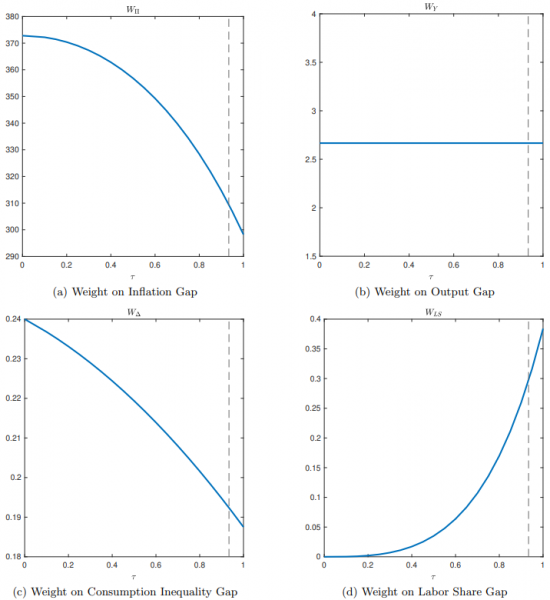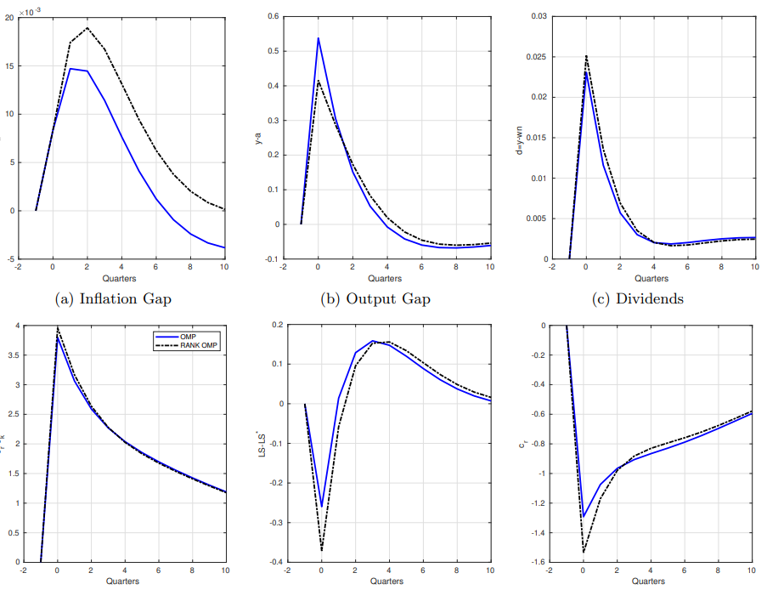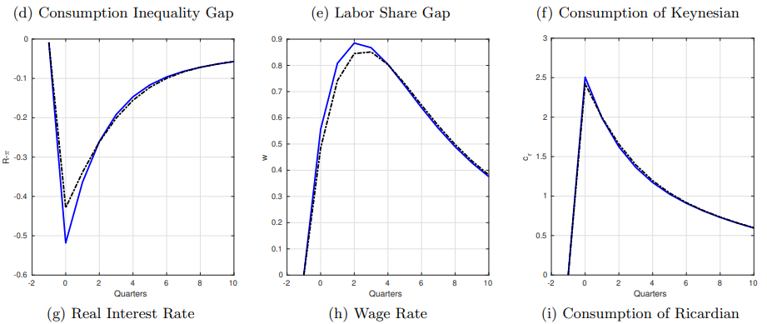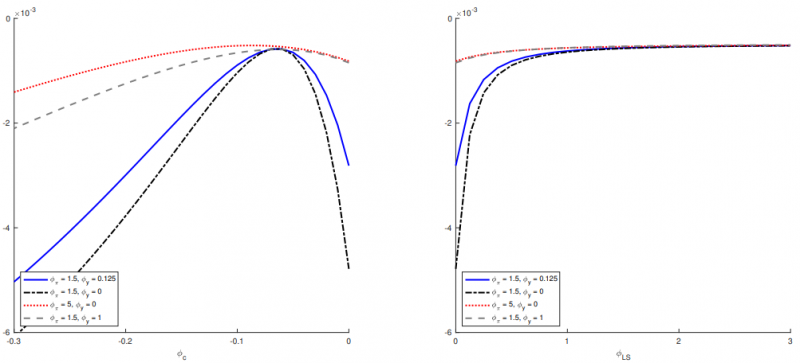Rui C. Mano is a deputy division chief in the IMF’s Research Department. He previously worked in the Research, Asia Pacific, Strategy, Policy and Review, and Western Hemisphere Departments. He contributed to the Fund’s framework on external sector assessments, took part in bilateral surveillance of several economies (Unites States, China, Korea, the Philippines, Hong Kong SAR, Mongolia, Jamaica, Grenada, Eastern Caribbean Currency Union, and DRC), and participated in the formulation and review of fund-wide policies (notably the Integrated Policy Framework and Comprehensive Surveillance Review). He holds a PhD in economics from the University of Chicago. His research interests are exchange rate risk, foreign exchange intervention, monetary policy, and cross-border spillovers, among others.











